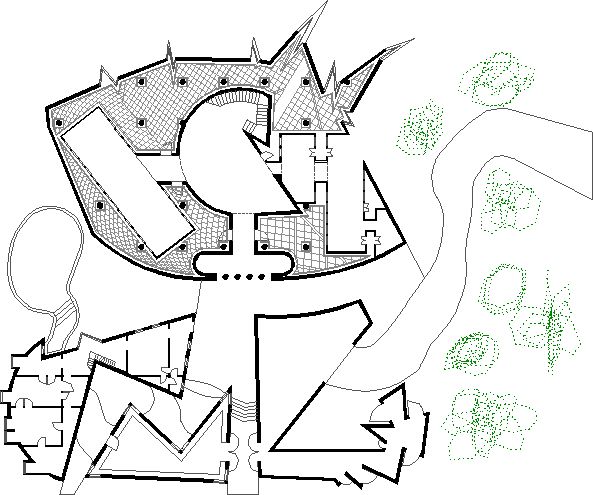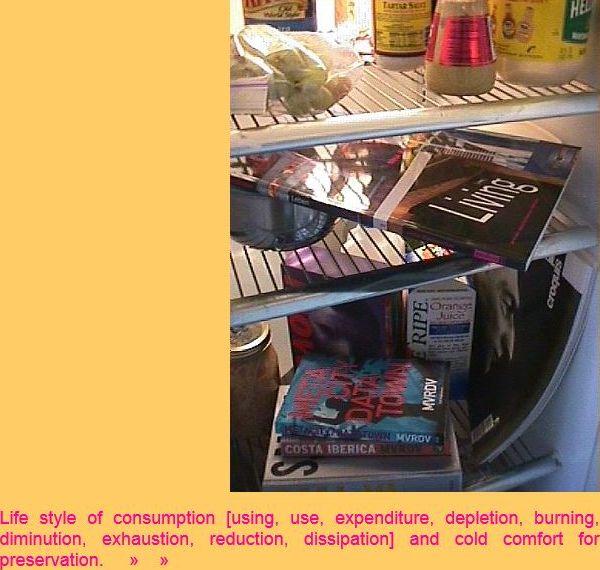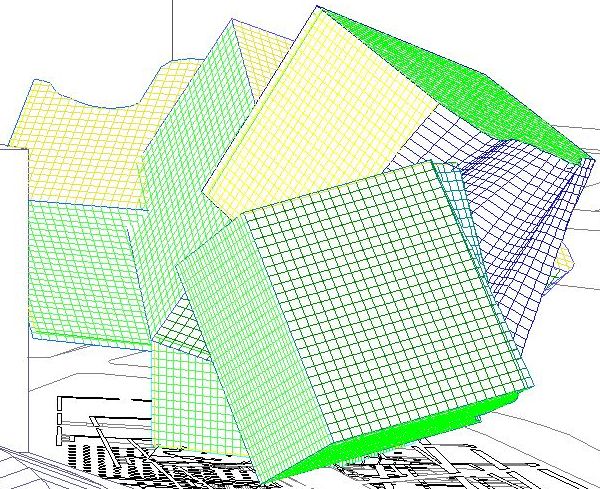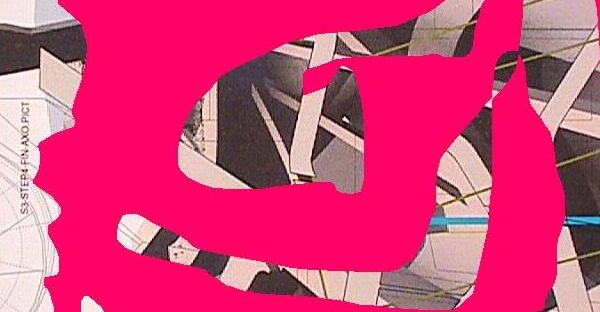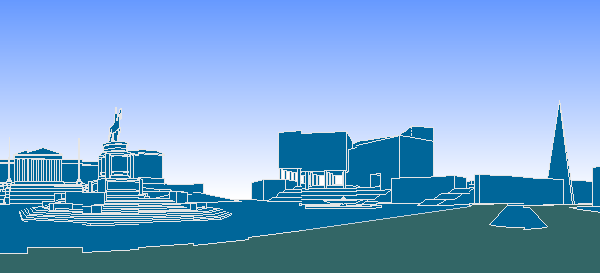working title museum | the architecture of being... virtual fog |
Thus, to use your own qualifications, what you suggest about postmodern art being very potentially mediocre is itself very potentially mediocre. And isn't it ironic how dislike or mistrust of the virtual is often focused on the virtual's not being real (enough)? I know I'm being extreme, but it just doesn't seem right to perpetuate something that basically boils down to an unfair bias. I guess the answer depends on what time of Pannonia is being asked about--kind of a 'space-time' thing. I also early on learned that just being completely arbitrary with it all lead very quickly to the most fecund results. I couldn't resist putting Franklin Court at the top of the list, being it's the first virtual house of 20th century and by Venturi and Rauch no less. Furthermore, while everyone thought Duchamp had given up art for chess playing, he was actually being an "underground artist" (Duchamp's own term). John Hejduk's Bye House has recently moved from being a virtual building (in this case 'paper' architecture) to an actual building now in the Netherlands, and in this 'morphing' process the built rendition was increased/morphed in scale by a factor of 1.2 (I think) for easier construction. Is pure awareness like committing a murder while not being aware that murder is a crime? Robert Venturi in his latest theory regarding electronics and iconography upon a generic architecture is almost saying the same thing as far as architecture again being a delivery of content, but, for me at least, Venturi's theory becomes flawed when he admits to not knowing what the content should be. Yes, there is no question that the profane and the act of being profane exist, but simply adhering to or advocating the notion that profanity is acceptable and/or "OK" doesn't mean that profanity stopped existing. I remember back in school where there had to be a reason for ones design, and the worst thing possible to be criticized for was for being arbitrary. I more or less had to comply then, but I know better now--for example, I venture to guess that most architectural clients are almost fully arbitrary, as is almost all of the architecture being built today--how else would you explain the way things really look out there. Philadelphia's Independence Mall is today being newly reconstructed. There really are no statutes of architectural design, except for building codes, and even they are not beyond being side-stepped, and there certainly is no definitive common ground as to what is good design and what isn't. being the architect of Quondam is alone enough to satisfy by architectural dreams. After visiting the library [Frances Howard Goldwyn Regional Branch Library, Hollywood, California], I asked R to take me to some urban "wind-swept plazas", a typology I love to admire, but R thought I wasn't being serious, so my wish was not granted. This leads me to be very suspect of any analysis of suits that is based on what suits are being worn of TV--it's no different than analyzing suits by looking at what suits are being advertised (by the suit manufacturers/designers) in other media. There are memorials everywhere all over this planet, and, unfortunately, most are soon and easily forgotten--when's the last time you went specifically to an old memorial to specifically remember what is there being memorialized? Granted, most of the people that wear designer (label) clothes think they are advertising their own (so-called) good taste, but that's not really what's being advertised (at the same people's expense, no less). Or, for the sake of being internally contrary, is religion really absent? Critical reenactment, for example, is often practiced within the architectural design process, but the modern mindset, with it emphasis on progress and the ever new, has (psychologically) denied reenactment's 'critical' existence, thus manifesting a truly strange situation where reenactment (in design) occurs all the time, yet without designers really being aware of it (or at least not admitting it [even in a court of law?]). After many years of self-education one begins to realize that one is learning not only what is being taught, but also a lot of what is not being taught. As I yesterday worked further on reenacting the OMA/Koolhaas Projects For Prada by way of Projects For Quaestio Abstrusa Fashions I learned that Projects For Prada, while very much a companion book to The Harvard Guide To Shopping, is even more a book that very much strives being intense about creativity as creativity relates to intense shopping. Such posturing also creates a buffer against being criticised as a bad movie-maker. Only by being arbitrary with the parameters does one begin to see what all possibilities really means, or at least look like. I have to wonder whether my paper "being much too long" is more or less the same as my paper being too dense. The funny thing about hoaxes is that while they are active and even after being disclosed, many people simply believe that nothing actually happened, where, in truth/reality, something did indeed happen. Villa Savoye over the years decays but is rescued and restored as museum piece, all the while being an icon in print. I have only a very small idea what the best solution for the 9/11 site in NYC is, especially with regard to it now being a tourist destination. First we see 'Sartre' espousing existentialist blah-blah (from being and Nothingness) followed by return comments from Jed and/or Granny. Reenactionary indications point to 28 July being the date of Helena's death (very possibly at Naples), and to August 1 being the date of the funeral. I guess I'm trying to somehow come to grips with my own growing sentiment regarding architecture being a nice place to be but I wouldn't like to practice it, at least not in the 'real' world. Koolhaas attempted to focus the discussion at In Your Face (NYC, 29 September 2001) on junkspace, that is, after he very obviously moved himself and his chair towards the center of the stage (and away from being too close to Venturi and Scott Brown). What I like about Peter Eisenman's proposal of three office towers (directly adjacent the [quondam] World Trade Center site) that deliver "a kind of sense of a moment frozen in time where the buildings were collapsing" is how this design clearly demonstrates that Eisenman is well capable of being a slave to reenactment. Was Scully or even Kahn(!) fabricating a false history that would distance Kahn safely away from being suspected of having ever been really influenced by Wight? Secondly, Muschamp is being disingenuous when he says "this is not a lineup of architectural beauty contestants" because that is exactly what is being presented. I'm beginning to believe that the notion of incompleteness is exactly what's missing from design theory, teaching and practice, and, indeed, that an understanding of incompleteness could help remedy at least some of what you see as being so wrong today. Tomorrow, if the window display is still the same, I'm going to take a picture of it and title the picture Learning From Everything being Incomplete. Seeing the Trenton Bath House for the first time last week while it was very much being used, more or less convinced me that Kahn indeed learned (and then knew) a whole lot about architecture, particularly architecture's osmotic potential--that place's integration of outside and inside is nothing less than a "breath of fresh air." |
|
3202f
| Quondam © 2020.01.13 |
